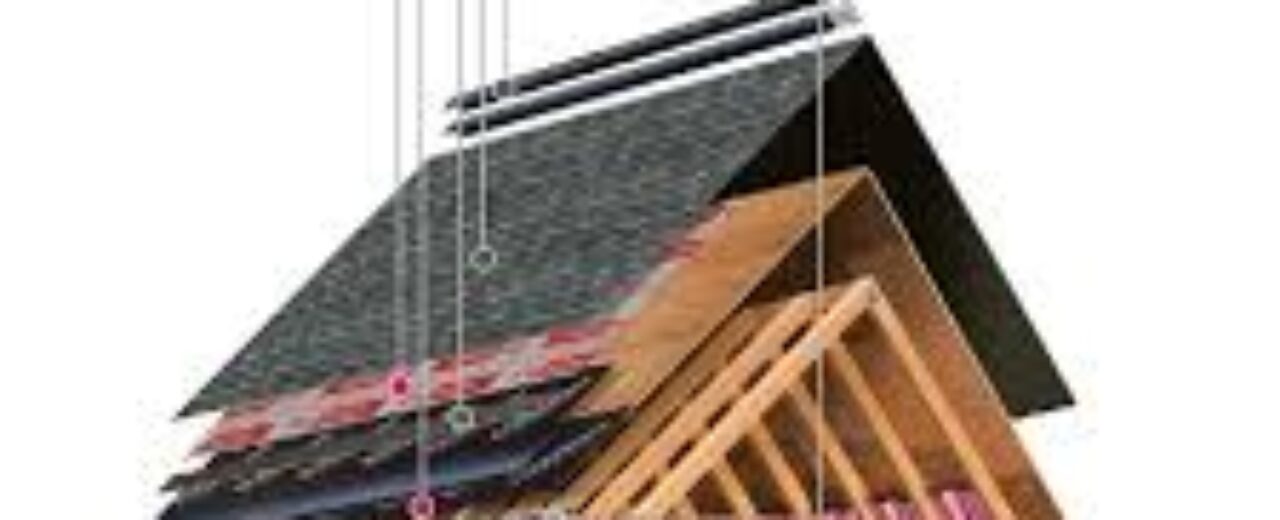The Difference Between Starter Shingles and Field Shingles
When it comes to roofing, not all shingles are created equal. Two of the most important — but often misunderstood — types of shingles are starter shingles and field shingles. While they may appear similar at first glance, these components serve very different purposes in a roofing system. Understanding the difference can help homeowners make more informed decisions and ensure a roof is installed correctly for long-lasting protection.
What Are Starter Shingles?
Starter shingles, also known as starter strips, are the first course of shingles installed along the eaves and rakes of the roof. They serve a crucial role: providing a secure, sealed edge that helps prevent wind uplift and water intrusion. Starter shingles are typically narrower than field shingles and often come without the decorative cutouts or tabs seen on standard shingles.
One of the key features of a starter shingle is the adhesive strip along its edge. This adhesive bonds with the first row of field shingles above it, creating a seal that protects the vulnerable edge of the roof from wind-driven rain and debris. Without starter shingles, the bottom row of field shingles would be exposed and much more likely to fail over time.
What Are Field Shingles?
Field shingles — also called main or roof-covering shingles — are the primary shingles that cover the main surface area of the roof. These are the visible shingles you see from the ground, and they come in a variety of styles, colors, and materials such as asphalt, architectural, or designer shingles.
Field shingles are designed for aesthetic appeal and weather protection. Their primary purpose is to shed water efficiently down the slope of the roof while giving the home its finished appearance. Unlike starter shingles, field shingles often have cutouts or tabs for style and pattern, and they are laid in overlapping rows to create a watertight barrier.
Why You Shouldn’t Use Field Shingles as Starters
Some homeowners or inexperienced roofers may try to save money by flipping regular shingles upside down and using them as starter shingles. This shortcut can lead to serious problems. Field shingles lack the precise adhesive placement and straight edge design of actual starter shingles. As a result, they don’t seal properly and may leave gaps where wind or water can infiltrate.
Improper starter courses are one of the most common reasons for shingle blow-offs and roof edge leaks, especially in high-wind zones. That’s why using dedicated starter strips, which are designed specifically for that purpose, is always recommended by manufacturers and professional roofers.
Conclusion
Both starter and field shingles are vital to a complete and durable roofing system, but they play very different roles. Starter shingles form the foundation, sealing the edges and preventing wind and water intrusion. Field shingles handle the heavy lifting by protecting the broad surface area and contributing to the roof’s overall visual appeal.
Using the right product in the right place not only ensures compliance with manufacturer warranties but also maximizes the life and performance of your roof. For peace of mind and proper protection, always trust a professional roofer who understands the importance of using the correct shingles, from start to finish.


